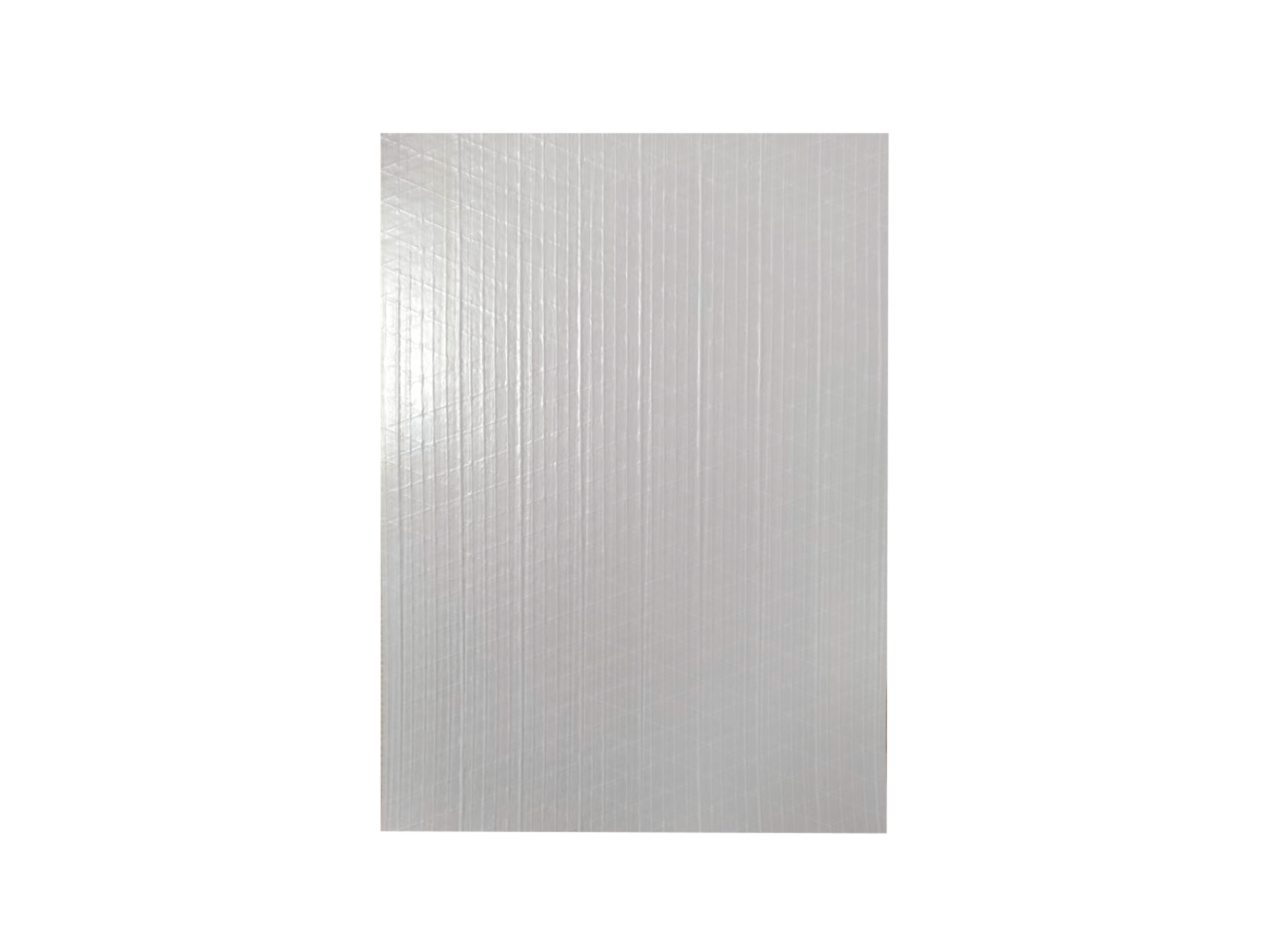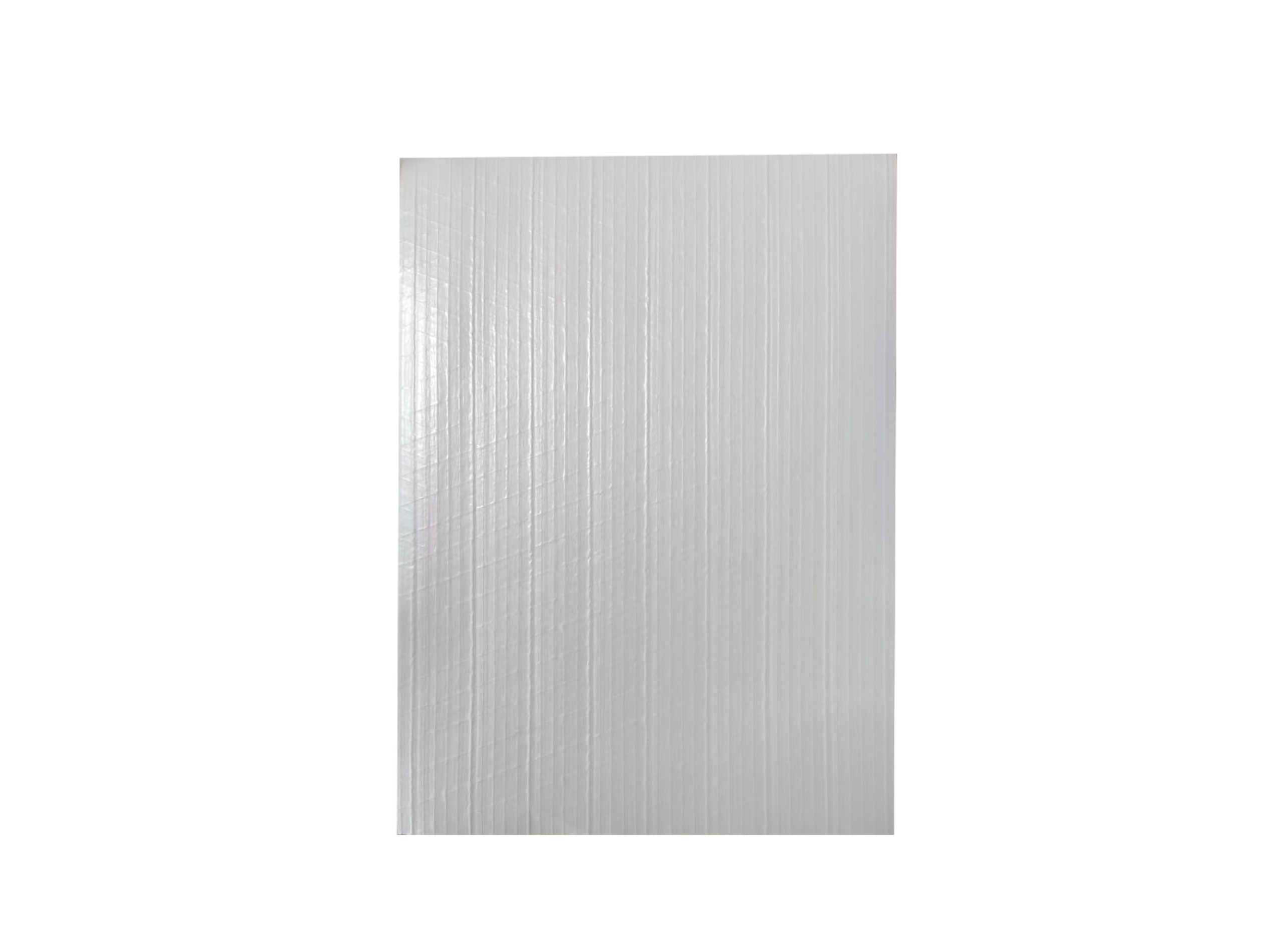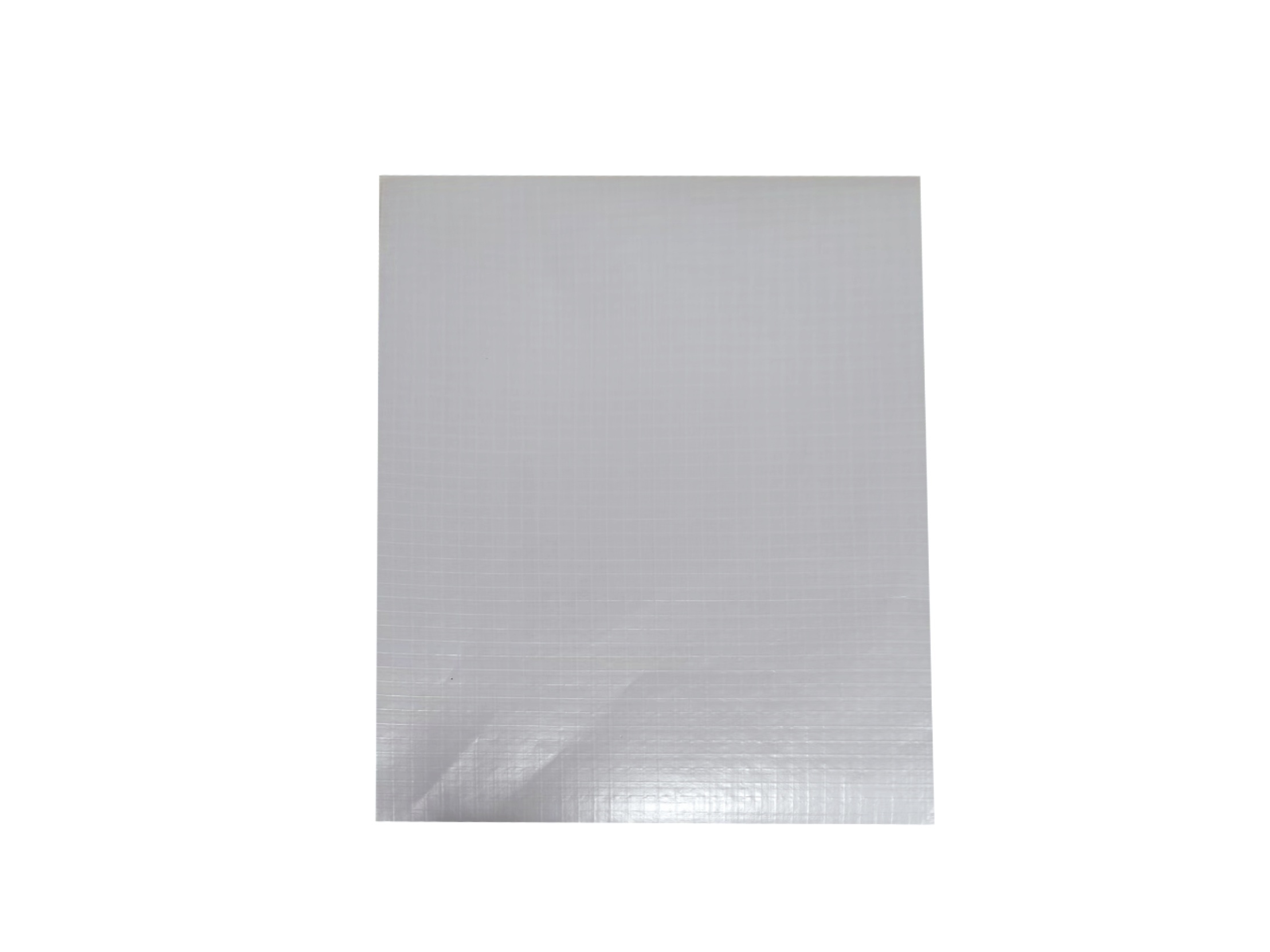
High-temperature glass wool blanket
Classification:
Keyword:
- Product Description
-
Wan Ruiweil® high-temperature glass wool felt uses a unique centrifugal technology to melt and fiberize glass, and then solidify it with a unique high-temperature binder to produce high-temperature glass wool boards or rolls. It is widely used in boilers, flues, hot air ducts, dust collectors, and steam pipes of industrial equipment in the power, petroleum, and chemical industries, and is an ideal insulation material for heat insulation and sound absorption and noise reduction in industrial fields.
Product Features
1. High Insulation Efficiency
The uniform, slender, and numerous glass fibers create significant resistance to air in the high-temperature glass wool products and are arranged perpendicular to the direction of heat transfer, effectively preventing heat transfer and reducing heat loss.
2. Sound Absorption and Noise Reduction
While providing insulation for equipment, it also functions as sound absorption and noise reduction, improving environmental quality.
3. Durability
The characteristics of uniformly slender fibers tightly bound together and the absence of slag balls prevent Wan Ruiweil high-temperature glass wool from deforming, accumulating, and experiencing a sharp decline in insulation performance after a period of use or vibration, unlike other insulation materials.
4. Non-corrosive
Wan Ruiweil® glass wool uses a unique chemical composition of glass fiber and binder, resulting in extremely low soluble chloride ion content and a pH value maintained between 7 and 8, preventing corrosion of the insulated equipment and pipes.
5. Water Resistance
After continuous boiling in 100°C water for 96 hours, the mass, density, and thermal conductivity of Wan Ruiweil high-temperature glass wool did not change significantly. This performance has been verified by the water resistance test of the National Glass Fiber Product Quality Supervision and Inspection Center.
6. Water Repellency
The characteristics of uniformly slender fibers tightly bound together and the absence of slag balls prevent Wan Ruiweil high-temperature glass wool from cracking due to water immersion or rain, and the insulation performance remains unchanged after drying. (Water repellency does not mean that the insulation material does not absorb water, but rather its ability to expel absorbed moisture).
7. Lightweight
The lightweight Wan Ruiweil high-temperature glass wool products are easy to install, cut, and have high construction efficiency.
8. Environmentally Friendly, Healthy, and Safe
The scientific formula of Wan Ruiweil® high-temperature glass wool ensures the health of personnel and the safety of environmental equipment.High-Temperature Glass Wool Parameters
Testing Standards Wan Ruiweil Standard National Standard Slag Ball Content GB/T5480.5 0 0.3% Heat Load Shrinkage Temperature GB/T11835 Meets ≥350℃ Moisture Content GB/T3007 ≤0.3% ≤1.0% Water Repellency GB/T10299 ≥99% ≥98% Corrosion Resistance ASTMC665 No Chemical Reaction No Chemical Reaction Anti-Mildew Property ASTMC665 No Mold Growth No Mold Growth Fire Performance GB5464-1999 Class A Non-combustible Class A Non-combustible Maximum Operating Temperature GB/T17430 538℃ 538℃ Thermal Conductivity
Average Temperature 25℃ 50℃ 70℃ 100℃ 150℃ 200℃ 250℃ 300℃ Thermal Conductivity (w/m.k) 0.032 0.035 0.038 0.043 0.050 0.058 0.069 0.088 Thickness Selection
Ambient Temperature 20℃ Operating Temperature of Insulated Equipment (°C) 100 150 200 250 300 350 400 450 500 Thickness (mm) 40 60 85 120 150 170 200 230 250 Industrial Insulation Common Sense
01. Using different protective layer materials on the surface of the insulation structure will result in different surface temperatures of the insulation structure.
02. Different ambient temperatures will result in different surface temperatures of the insulation structure.
03. In windy environments, the surface temperature of the insulation structure will decrease.
04. Equipment, pipes, and accessories with any of the following conditions must be insulated according to different requirements:
· Surface temperature above 50°C and requiring reduced heat dissipation.
· Requiring frost protection, dew prevention, or delayed medium condensation.
· In industrial production, where insulation is not required, the surface temperature exceeds 60℃, but
· Other measures cannot be taken to prevent personnel from being scalded.
05. When the ambient temperature is not higher than 27°C, the surface temperature of the equipment and pipe insulation structure should not exceed 50°C. When the ambient temperature is higher than 27°C, the surface temperature of the equipment and pipe insulation structure can be 25°C higher than the ambient temperature. Ambient temperature refers to the air temperature measured 1m away from the outer surface of the insulation structure.
6. Wan Ruiweil® high-temperature glass wool can be directly fixed to the surface of the equipment (flat or curved surface) that needs insulation using prefabricated insulation nails or wires. A metal sheet is added to the insulation material as a protective layer. The seams of the metal sheet protective layer should be staggered with the seams of the insulation material to avoid the formation of thermal bridges and the resulting heat loss. When the surface temperature of the insulated equipment exceeds 350℃, it is recommended to use a composite insulation method of high-temperature glass wool and alumina silicate to reduce heat loss and thermal bridges at the seams of the single-layer insulation material.
Message consultation
We value your advice and advice. If you have any questions about products and services, please fill in the form below and we will contact you as soon as possible.











